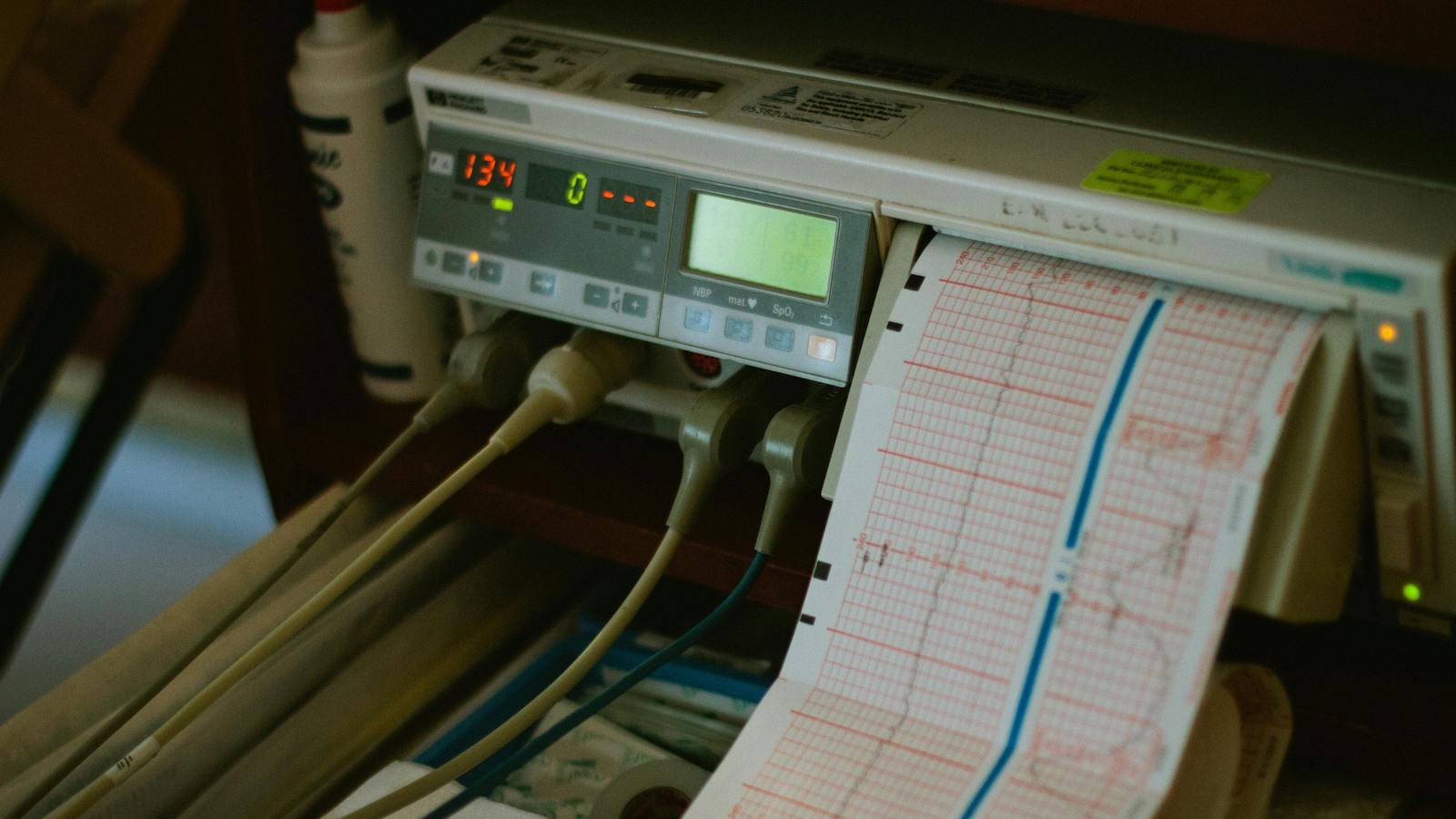The news of an outbreak in China of a new type of coronavirus (2019-nCoV), leading to respiratory illness, recalls previous potential pandemic infections. Coronavirus was behind SARS (Severe Acute Respiratory Syndrome) in 2002 and MERS (Middle East Respiratory Syndrome) in 2012. The outbreak is being linked to people eating the infected meat of small mammals or reptiles -- an echo of Ebola.
It is assumed, not proven, that this virus is passed between individuals by droplet spread because of the presence of respiratory complications. In scientific circles, there is concern about how it has jumped the species barrier. The suggestion that this rapidly mutating virus could develop a more powerful grip on its new human hosts is a grave concern. The WHO preliminary estimation is that each infected person could potentially transmit this virus to between 1.4 and 2.5 other individuals.
The WHO is not advising restriction on trade or travel. Chinese cities and airports are in lockdown, but cases are already reported outside China, underlining the sinister potential for rapid person-to-person spread. The advice offered so far by health authorities is simply to avoid contact with people who are ill, to wash hands and wear a face shield.
Insurers can do little to identify infected individuals during the window before they become symptomatic. The features are commonplace: fever, cough, shortness of breath and breathing difficulties. But in severe cases the virus may lead to pneumonia and even death.The latest epidemiological data reveals the proportion of deaths in currently reported cases is 4%. MERS was much higher at 23%. [Here is the latest bulletin from the WHO.]
While it is likely the WHO will label this an international public health emergency, insurers need not panic. The pattern of broad-spectrum severity, with deaths mainly in sickly individuals, is akin to most flu outbreaks.
In any outbreak of a novel virus, priorities include developing a vaccine if transmission is sustained and finding a drug to stop illness in infected individuals. It is important to retain perspective, and social media and hyped news headlines don’t help. So far, the number of confirmed cases and deaths remains low, with many who died already being in poor health, but the speed at which the situation is unfolding hints this could change. The 2002 SARS outbreak in China infected 8,000 people in 37 countries, claimed 750 lives and was a deadlier virus than 2019-nCoV currently appears to be.
See also: Selling the Urgency of Life Insurance
Most of the action related to this outbreak centers on China and includes an obligation to monitor and report accurate data and take steps to limit contagion. But this type of event can quickly develop global consequences. Life and health insurers should therefore tune into the available sources of verified information, including WHO and Centers for Disease Control and Prevention to keep pace with developments, modifying their selection and claims criteria as or when this becomes necessary.
You can find this article originally published here.








